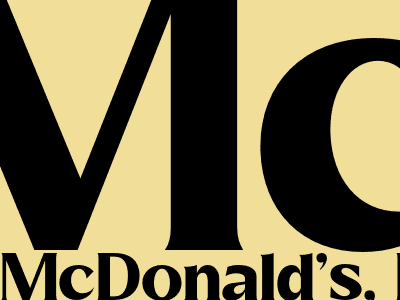
# McDonald's, E. coli: A Timeline of the Outbreak ## The Outbreak In 1993, an outbreak of E. coli O157:H7 occurred in the Pacific Northwest, sickening 732 people and killing four. The Jack in the Box fast-food chain was initially implicated, but the source of the outbreak was eventually traced to uncooked ground beef patties served at McDonald's restaurants. ## The Investigation The investigation into the outbreak was led by the Centers for Disease Control and Prevention (CDC). The CDC found that the E. coli bacteria was present in the ground beef patties served at McDonald's restaurants. The bacteria was likely introduced into the meat during the grinding process. ## The Response McDonald's responded to the outbreak by implementing a number of new food safety measures, including: - changing the way they grind beef - cooking ground beef to a higher temperature - requiring employees to wash their hands more frequently - increasing the frequency of cleaning and sanitizing restaurants These measures were effective in preventing future outbreaks of E. coli at McDonald's restaurants. ## The Aftermath The E. coli outbreak had a significant impact on McDonald's. The company's sales declined, and its reputation was damaged. However, the company was able to recover from the outbreak and implement new food safety measures that have helped prevent future outbreaks. ## Lessons Learned The E. coli outbreak at McDonald's taught the fast-food industry a number of valuable lessons about food safety. These lessons include: - the importance of cooking ground beef to a safe temperature - the importance of following proper food handling procedures - the importance of having a food safety plan in place These lessons have helped to improve food safety in the fast-food industry and have prevented future outbreaks of E. coli.